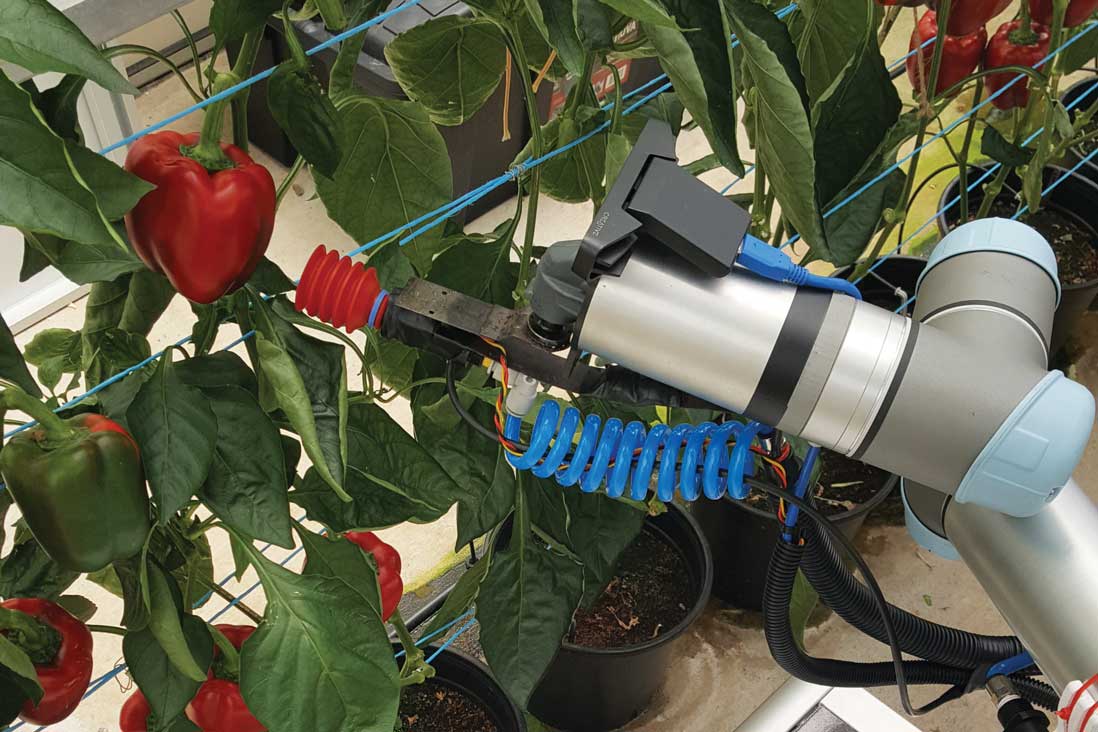Research Impact
At the Australian Centre for Robotic Vision, we are conducting world-leading research that will help bring transformational change to the world. Specifically, we are focusing our work towards making an impact on three critical challenges facing the world today, including:
![]()
Our environment
.
.


![]()
Our health care
capabilities
.


![]()
Our resources and their management, focusing on food production


Where we live
Our environment is a complex network of both natural and built environments and it is critical to our wellbeing.
Our natural environment sustains us physically with fundamental necessities such as drinkable water, breathable air and nutrient-rich food. But it also provides beauty and wonder that nourishes the human spirit. Managing this environment in a sustainable way is vital, assuring our own survival and quality of life well into the future. However, our world is vast and as humans, we can only ever inspect a tiny fraction of it at a time. We rely heavily on extrapolating this data in an attempt to understand the full condition of our natural environment, but this means local variations can be overlooked, in both space and time.
Just as important is our built environment, our cities, roads, dams, tunnels, pipelines and electrical distribution networks. As with the natural environment, vision-capable robots offer the potential to reduce the costs of inspection as well as reduce risks to humans who currently perform this often hazardous work.
Robotic vision has the potential to increase the areas covered and the frequency of inspection, while at the same time reducing the cost. Ultimately, robots with intelligent vision capabilities would be equipped to not only inspect but also remediate our natural environment.
How we live
A key concern for any society is the health of its people. In Australia, we are faced with the challenge of an ageing populating. Current estimates suggest that by 2050, a quarter of us will be over 65 years of age, and ageing has significant economic costs.
Firstly, the dependency ratio increases, meaning fewer people in the workforce to carry the burdens of production and caring for those who are no longer working.
Secondly, the cost of healthcare increases. “Healthy, independent living” describes how people can continue to live at home, even if they need some assistance. The key to independent living is access to affordable assistive technology including devices or systems that provide practical solutions to everyday activities. Robotics is already having an impact in this area, developing technologies such as exoskeletons, care assistants, communications devices and devices to improve mobility. The effects of these and other robotic healthcare solutions are that they reduce costs, allowing more people to remain independent; to care for themselves, and to preserve their dignity and their freedom.
Introducing various automation systems to hospitals will help reduce healthcare costs by bringing all the advantages that automation gives to other sectors, such as increasing productivity, ensuring higher quality work, removing menial duties from highly trained nursing staff and removing workers from harmful or high-risk tasks. For hospitals, automation extends beyond surgery to areas such as internal logistics, patient handling, rehabilitation and care.
Means to live
Food production is reliant on human labour, the least labour intensive industries are extensive crop agriculture and dairy production, which are highly mechanised and are becoming more automated.
Our modern lives are resource intensive, demanding reliable and low-cost supplies of food, energy and minerals. Australia is an abundant producer and exporter of these resources.
Animal agriculture, with its extensive grazing and feedlot practices, is not highly labour intensive but the work is physically hard and often located in remote areas. Horticulture’s production of fruit, vegetables, nuts and flowers vary from highly mechanised to labour-intensive, and is often physically hard work in remote locations. It is increasingly difficult to source workers to carry out this work, which can cause incomplete harvests, wasted produce and an inability to expand production to meet growing global demand. Robotic vision technology has the potential to identify and control weeds, pick fruit, pollinate flowers and even muster cattle, providing a source of support to farmers and their workers by improving production yields and reducing physical risks.
Mineral production, in particular mining, is highly mechanised and automation is increasing. The business drivers for this are to increase productivity and maximise the use of capital, as well as reduce machine damage and take workers out of hazardous environments. In this industry, robotic vision technology can potentially drive vehicles, guide excavation and truck loading, perform drilling, blasting and survey work in surface, inspection and maintenance, and conduct underground, undersea and space mining.

